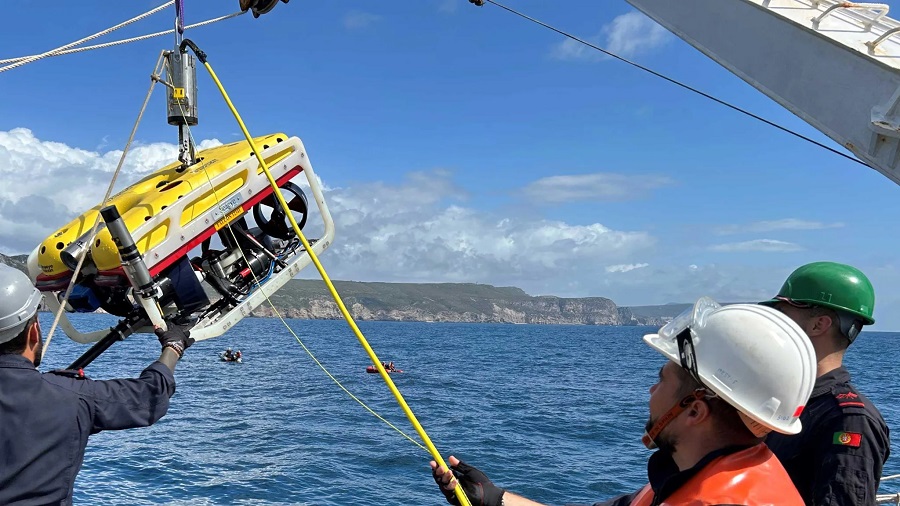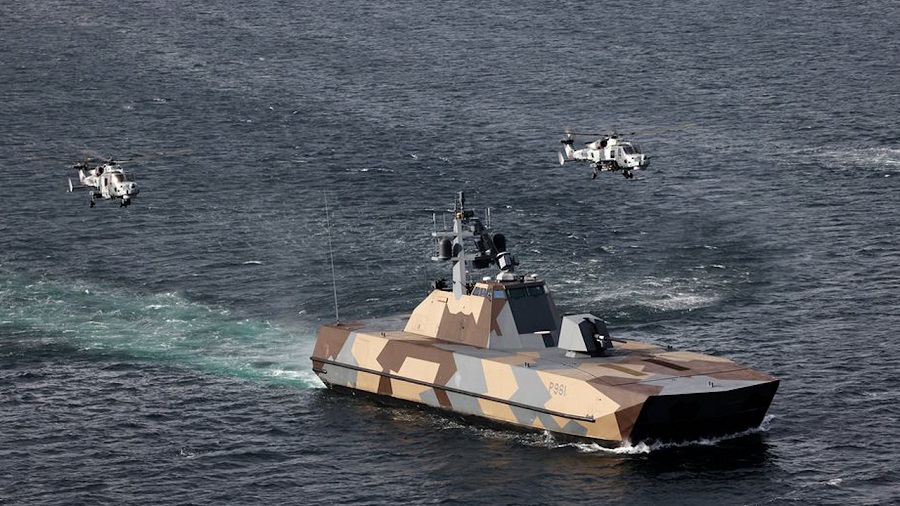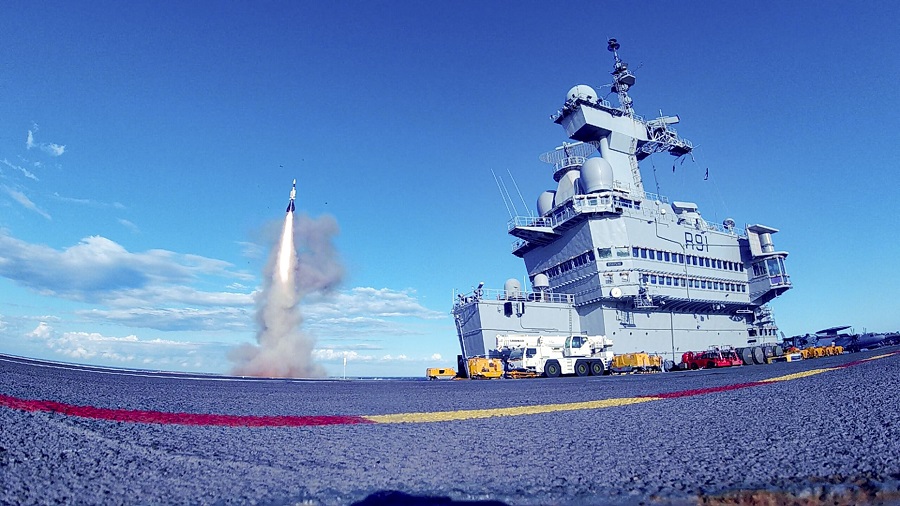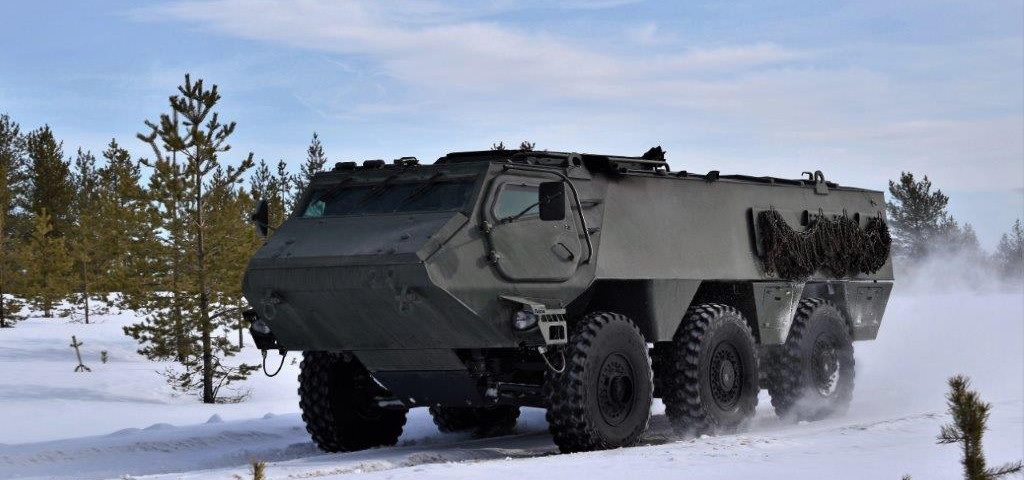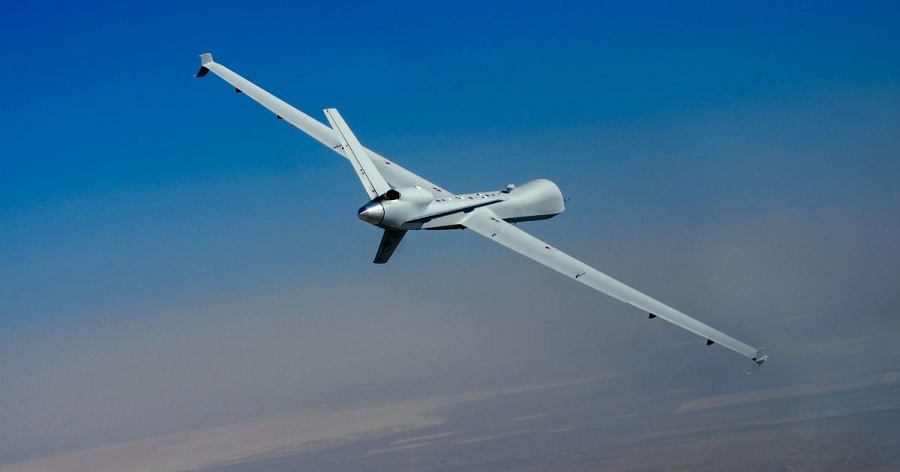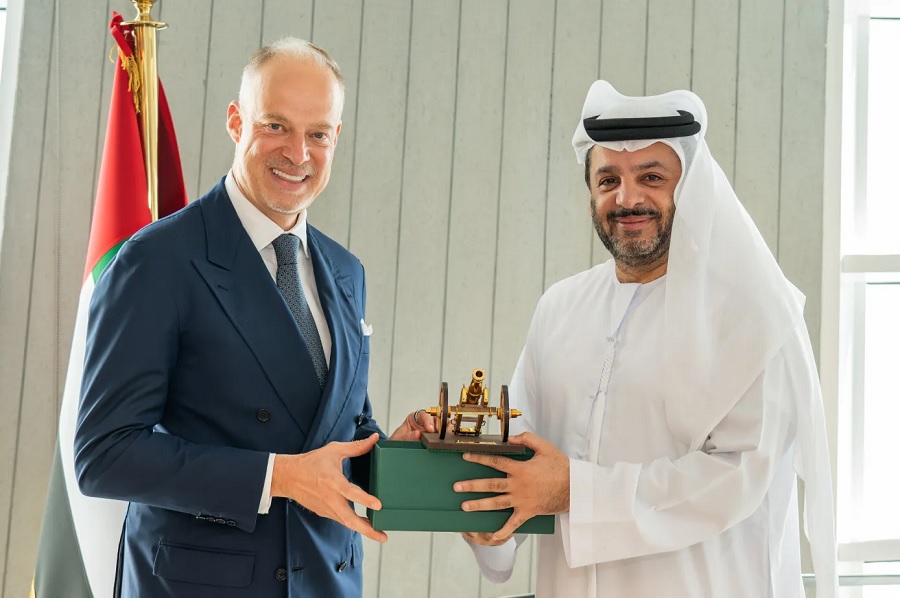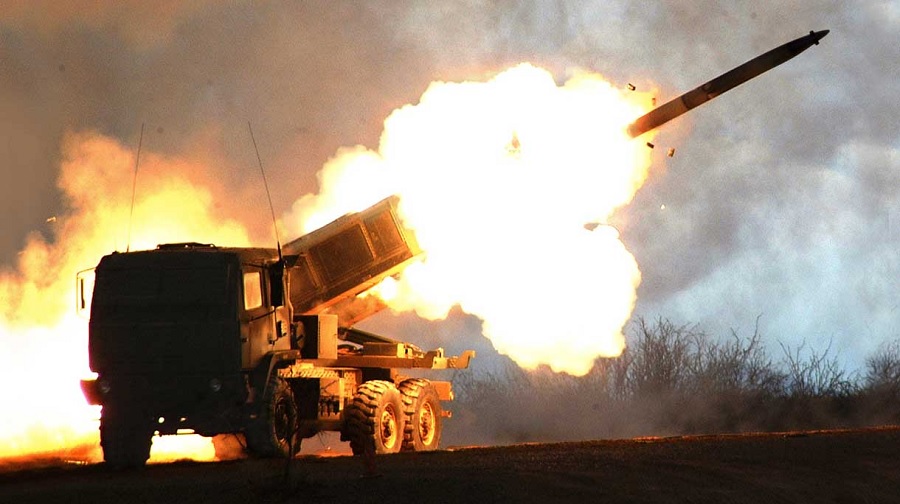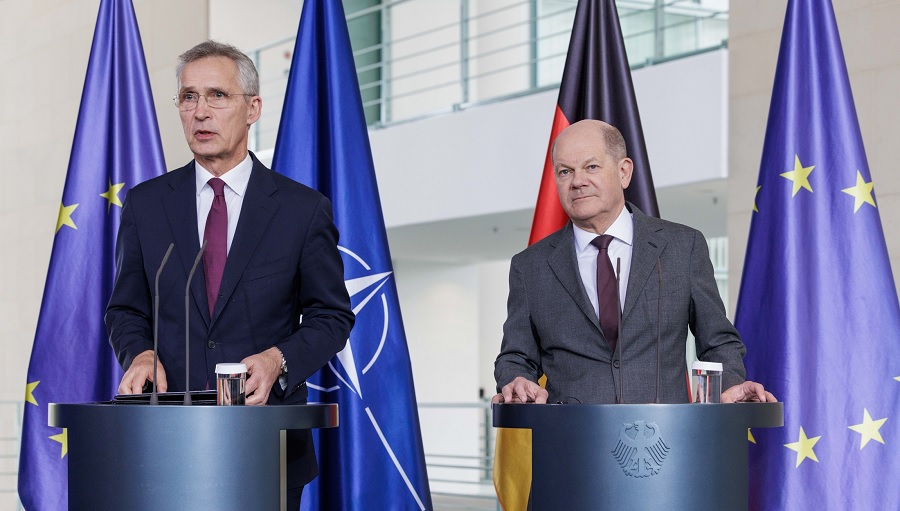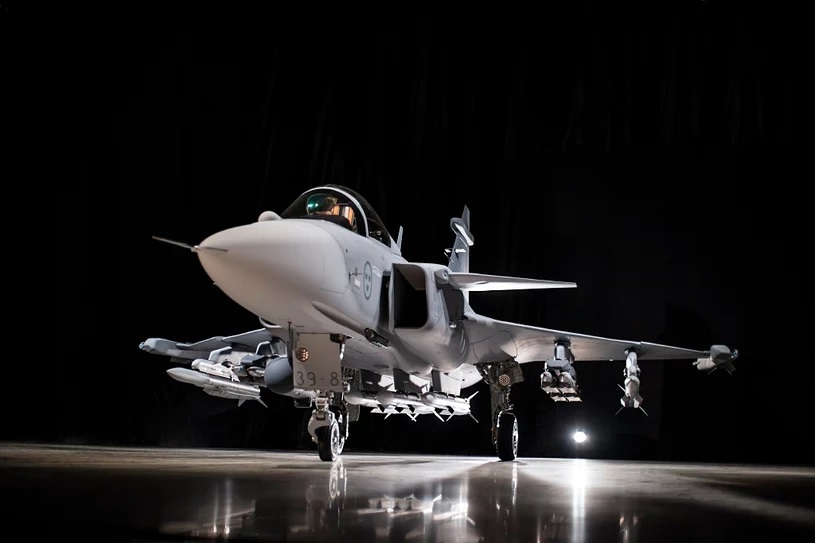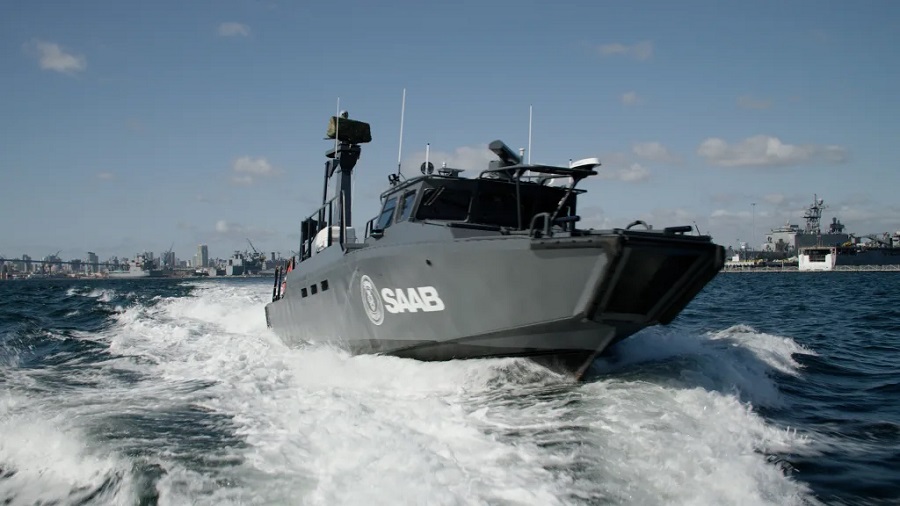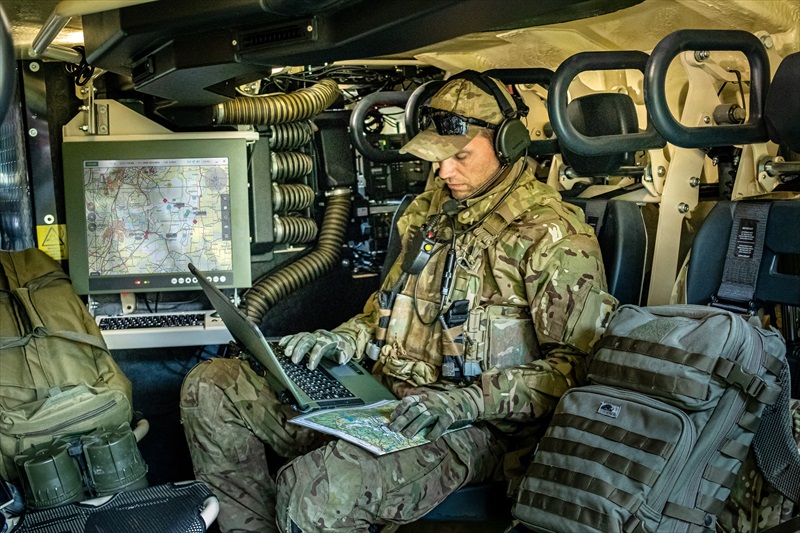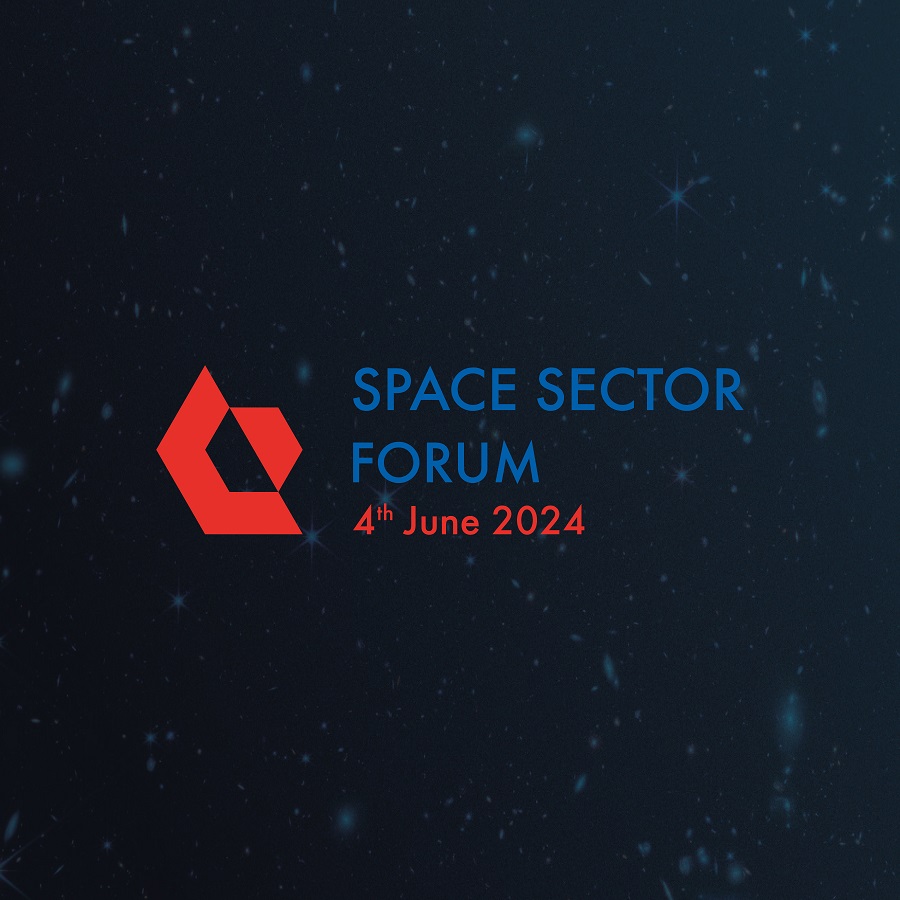Russia’s war on Ukraine has highlighted the slow responsiveness of Europe’s atrophied defence technological industrial base after decades of shrinking investments in most European countries. The European Commission’s first ever European Defence Industrial Strategy (EDIS), revealed this week, offers an ambitious framework to bolster Europe’s defence industry by investing “more, better, together, and European”. It will be accompanied by a new European Defence Industry Programme (EDIP), which will serve as a gap filler in 2025-27 with €1.5 billion to strengthen the competitiveness and responsiveness of the industry and ensure the availability and supply of defence products. While Ukraine is meant to benefit from and participate in some elements of EDIS, the strategy represents a longer-term effort to expand European defence industry capacity.
Today, 78 per cent of European defence acquisitions come from outside the European Union. EDIS aims to incentivise Europeans to work cooperatively and invest jointly in European-built capabilities. It invites member states to procure at least 40 per cent of defence equipment collaboratively and 50 per cent from within the EU by 2030, rising to 60 per cent by 2035. To do so, the commission intends to facilitate and support joint programmes using multiple financial and regulatory tools, which build on the existing European defence industry reinforcement through common procurement act (EDIRPA) and the act in support of ammunition production (ASAP).
Baby steps
The strategy’s aim to address the major issue of defence financing and emphasis on interoperability are promising. But to bring about a paradigm shift, the commission needs to address several challenges:
- Firstly, money matters. The €1.5 billion mobilised to establish the EDIP between 2025 and 2027 represents a fraction of European spending (roughly 0.2 per cent), which will make it difficult to shape the market. Significant additional money could only be allocated under the EU’s next multiannual financial framework in 2028.
- Secondly, the commission needs to clarify the functioning of different financial tools, including the Fund to Accelerate defence Supply chain Transformation (FAST) to support small- and medium-sized enterprises; the Structure for European Armament Programme (SEAP) which bolsters cooperation in part through a VAT exemption; and the European Military Sales mechanism (which is apparently modelled on the US Foreign Military Sales tool, though focused on the availability of EU equipment).
- Thirdly, as it grows, this effort needs to be well aligned with defence planning priorities, which are primarily defined at the national level or in NATO. This will require much closer NATO-EU engagement.
- Fourthly, member states, especially the larger ones, have traditionally been reluctant to Europeanise defence policies and could resist a perceived power grab by the commission. The EU will have to convince them – and their industries – of the added value of this approach, including, for some on the choice to buy European.
- Finally, given the money initially allocated and the usual timeframe before implementation, EDIS and EDIP will not address the immediate requirements of Ukraine or short-term capability shortfalls.
Matching ambition
The jury is still out on the commission’s most ambitious defence initiative yet, which could constitute a solid portfolio for a future defence (industry) commissioner. If the funding matches the level of ambition, and if the commission agrees a clear way forward with member states, it could pave the way to a more autonomous and resilient EU. In a degraded security environment with the United States caught between domestic debates and competing defence priorities, this would be good news for European security.
About the author:
Camille Grand is a Distinguished Policy Fellow at the European Council on Foreign Relations. He leads the organisation’s work on defence and disruptive technologies in European security.
Previously, he worked as Assistant Secretary General for Defence Investment at NATO (2016-22), piloting NATO’s work in capability delivery, missile defence, and armament and technology cooperation. He previously was the director of the Fondation pour la recherche stratégique (FRS, 2008-16), the leading French think tank on defence and security studies.
He also held senior positions in the French Ministry of Foreign Affairs as head for disarmament and multilateral affairs (2006-08), and the Ministry of Defence (MoD) as deputy diplomatic adviser to the Minister (2002-06). He has also been a senior adviser on nuclear policy at the French MoD Policy branch and worked as a researcher inter alia at the EU Institute of Security Studies (EU-ISS) and the Institut français des relations internationales (IFRI).
He has been an associate professor at the Paris School of International Affairs (Sciences Po Paris), the Ecole nationale d’administration (ENA) and the French army academy. He has also served on several independent expert groups and boards for the United Nations, the European Union, NATO and the French government. His expertise includes defence and security policy, NATO and EU common defence and security policy, armament and technology, nuclear and missile defence policy, disarmament and non-proliferation.
This article was originaly published on the website of the European Council on Foreign Relations (ECFR).






